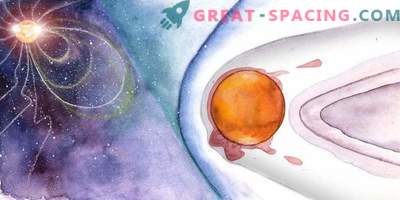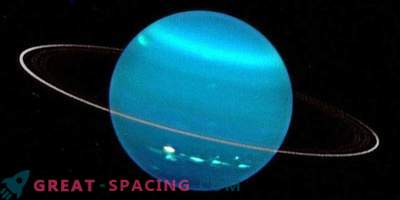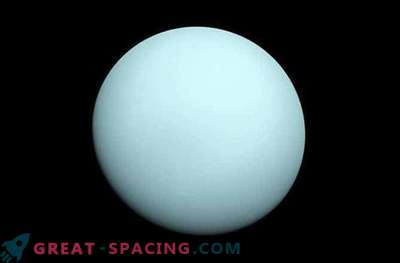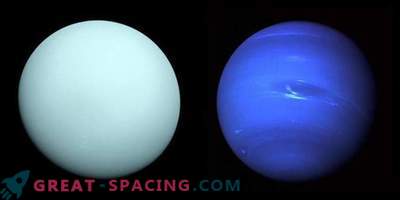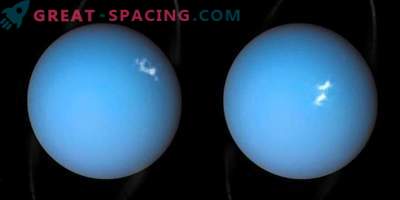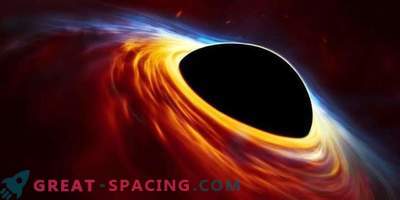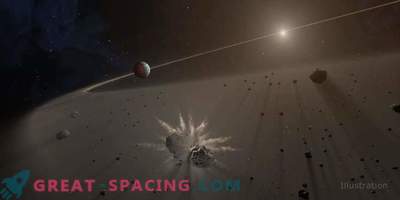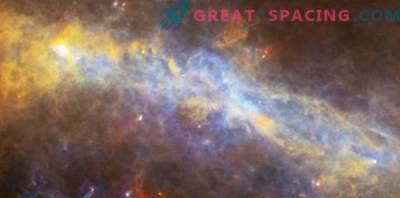
Snapshot of Uranus taken by Voyager 2 in January 1986
More than three decades have passed since Voyager-2 visited Uranus. Now scientists from the Institute of Geology of Georgia use the information received by the ship to find out the interesting features of the ice planet. It turned out that its magnetosphere and the material inside are turned on and off, like a light switch, during rotation. That is, the planet opens in a certain place and allows the solar wind to flow into the magnetosphere, and closes, forming a shield.
Of course, this is not like our magnetosphere. Earth almost exactly coincides with the axis of rotation, therefore, makes traction with the planet. The same alignment is directed to the star, so the field is retuned only with a strong solar wind, like a storm.
But the magnetic field of Uranus is inclined at 60 degrees from the axis, because of which it is asymmetrically removed from the direction of the solar wind. At one turn takes 17.24 hours. This caused the magnetosphere to operate periodically, like a switch. When the magnetized solar wind bursts into the field, it connects, and the magnetosphere closes to open again. This contact is made upstream.
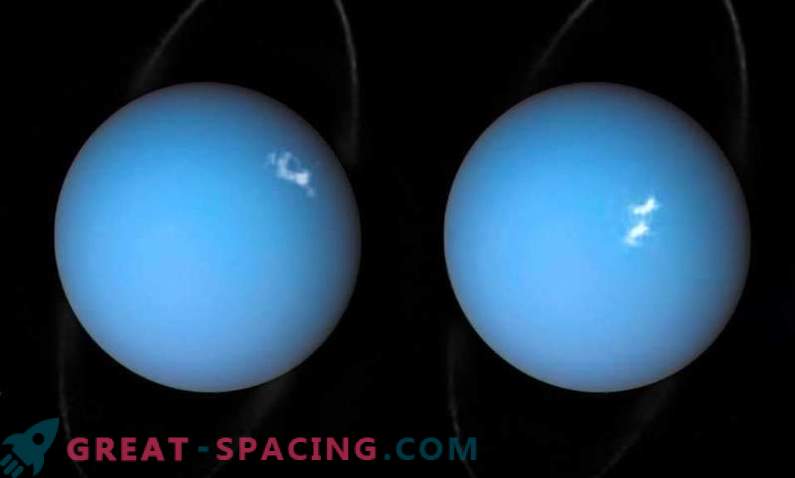
A photograph of Uranus from Voyager-2 and two different observations from the Hubble telescope (one after the ring and the other behind the aurora)
This situation is a real phenomenon. This happens if the direction of the heliospheric magnetic field is opposite to the magnetospheric alignment of the planet. Then the lines of the magnetic field cease and allow solar energy to enter the system.
The restructuring of the magnetic field is also one of the causes of terrestrial auroras. They can occur on Uranus, but they are difficult to track because of the planet’s distance of 2 billion miles. Sometimes the Hubble telescope can get fuzzy frames, but it cannot measure the magnetosphere.
Scientists can only rely on 5-day observations of Voyager-2. With their help, they created a model of the global magnetosphere of the planet to predict switching positions. They believe that the study of Uranus is one of the main ways to learn more about the planets beyond our system.
The fact is that most of the exoplanets are ice giants. Perhaps the situation on Uranus and Neptune is the norm for other systems. Therefore, the search for life on them can greatly influence the study of outer space.






